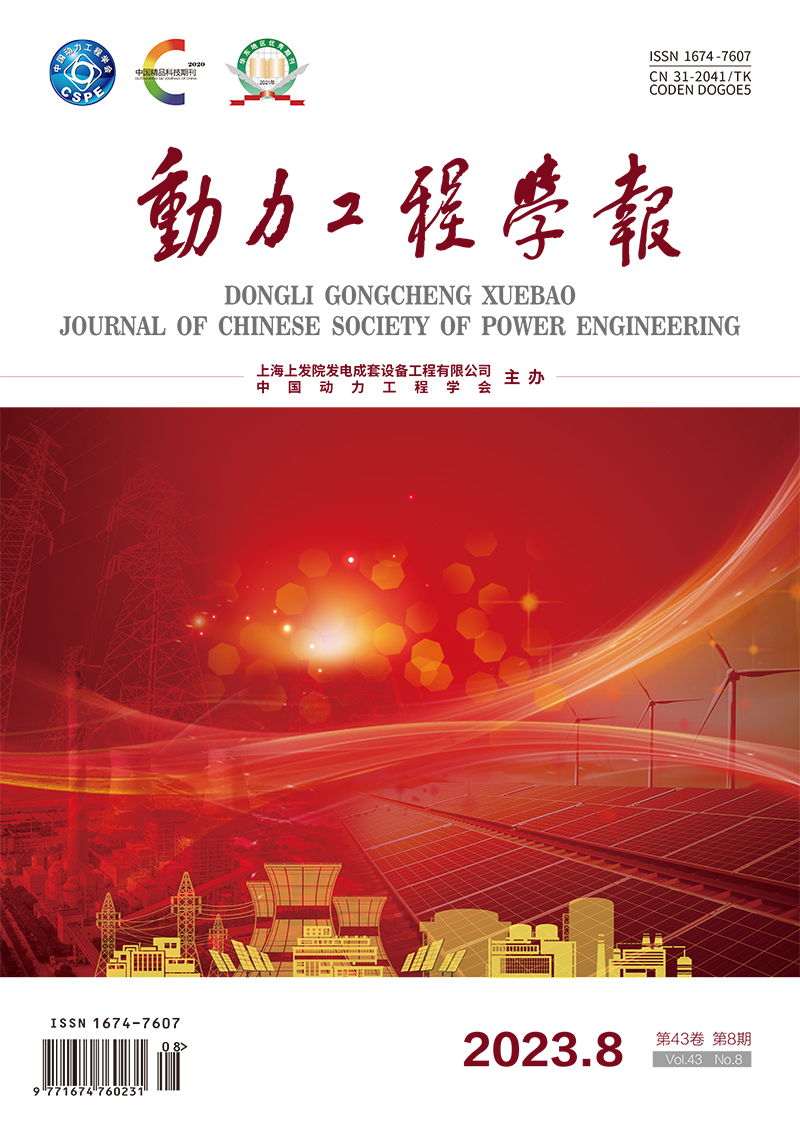Green Energy and Low-carbon Technology
LIU Wenhui, DENG Dandan, ZHANG Rui, ZOU Liangdong, WANG Fei
To explore the influence of rotary kiln air inlet modes on hazardous waste combustion, Fluent software was adopted to study the combustion process in a rotary kiln. The effects of three air inlet modes including double-channel swirl air inlet mode, single-channel swirl air inlet mode and annular air inlet mode on temperature field, component field, velocity field and burnout rate were simulated. Results show that under the double-channel swirl air inlet mode, the average temperature of the cross section of the rotary kiln is the highest, O2 concentration at the tail of the kiln is the lowest, and CO2 concentration is the highest while the concentration of CO is reduced to 0. In this condition, the gas turbulence in the kiln and the speed of hazardous waste are both the highest, the materials are completely burned out, and the coke conversion rate is the highest. Under the annular air inlet mode, average temperature of rotary kiln is the lowest while O2 concentration is the highest at the tail of the kiln, CO2 concentration is the lowest and CO is not fully converted. In this condition, the gas turbulent intensity and hazardous waste velocity are both the minimal. Therefore, the material burnout rate and coke conversion rate are both the lowest.The parameters under the single channel swirl inlet mode are between the above two.
